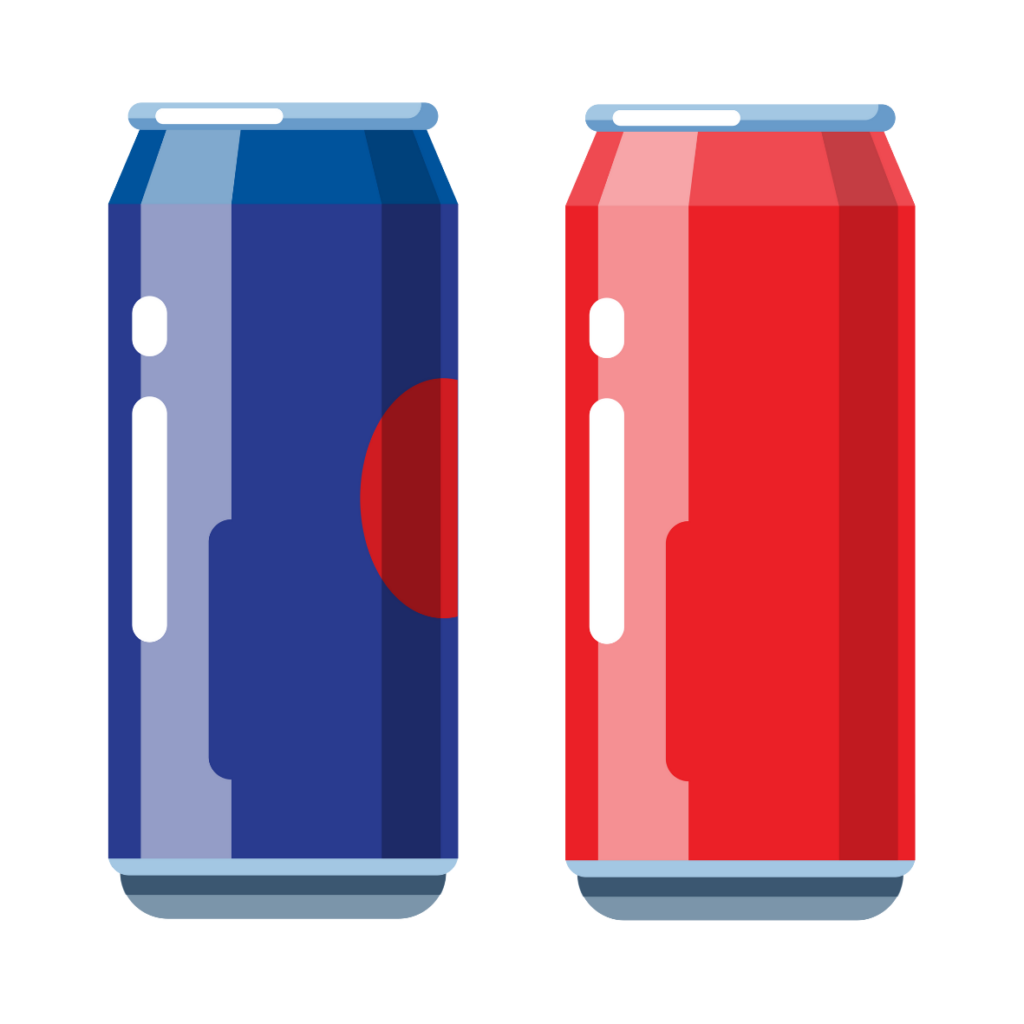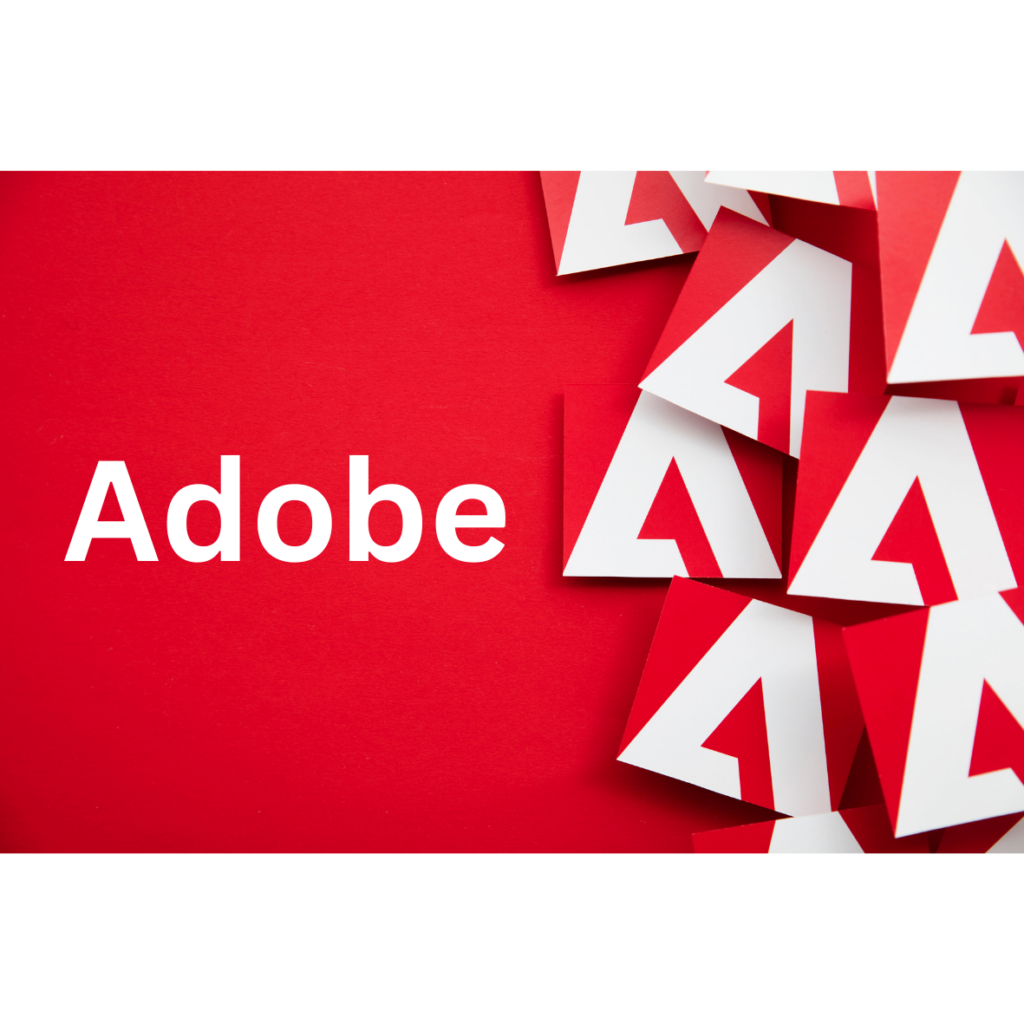Introduction
As a Product Consultant, one of the most challenging conversations I often found myself in was about setting the launch price for a new product. Despite the hours spent refining the product’s features, market positioning, and overall strategy, convincing customers of the right price point was a hurdle that sometimes seemed insurmountable. These discussions led me to dive deeper into the world of pricing strategies, where I discovered just how crucial it is to align pricing with the different stages of a product’s lifecycle.

Pricing isn’t a one-size-fits-all approach—it’s a dynamic strategy that needs to evolve as the product itself evolves. With that in mind, let’s explore how pricing strategies should differ at each stage of a product’s journey and why getting this right is essential for success.
Deep Dive
Pricing—it’s one of those things that can either make you feel like a business wizard or leave you scratching your head in confusion. Getting your product’s pricing right is like making the perfect dish: add too much or too little of something, and the result could flop. But don’t worry, we’re here to help you avoid a pricing mishap!
As your product grows from a simple idea to something that (hopefully) becomes a household name, your pricing strategy should evolve too. Whether you’re launching the next big smartphone or trying to get your new eco-friendly soap to sell like hotcakes, there’s a right price for every stage of your product’s journey. Let’s explore the art of pricing at different product stages, with some humor and real-world examples to keep things interesting.
The Importance of Stage-Based Pricing Strategies
Every product goes through several stages during its lifecycle, each with unique challenges and opportunities. A pricing strategy that works during the launch phase may not be suitable during the maturity or decline phases. Understanding these stages and adapting your pricing strategy accordingly is crucial for maximizing revenue, staying competitive, and ensuring long-term product success.
Why Change Pricing Strategies?
- Market Conditions Evolve: As a product matures, the market conditions change—competitors may enter or exit, customer preferences may shift, and economic factors may influence purchasing power. Adapting pricing strategies ensures you stay relevant and competitive.
- Customer Perceptions Shift: At different stages, customers perceive your product differently. During launch, it might be seen as innovative or risky; in maturity, it might be a trusted solution. Pricing should reflect these perceptions to maximize value.
- Cost Structures Vary: The cost of producing, marketing, and distributing a product changes as you move from one stage to another. Early on, high development costs might dictate premium pricing, but as production scales and costs drop, pricing can be adjusted to reflect these changes.
Pricing Strategies at Different Product Stages
1. Development Stage: Cost-Plus Pricing
Example: The World’s Most Expensive Cupcake
You’re in the kitchen, creating a new recipe. The ingredients are pricey, and you’re adding a bit of gold leaf because, why not? This is like the development stage of a product. You’ve got research and development (R&D) costs piling up, and you need to make sure you cover them.

Why It Works: At this stage, you’re like a bakery testing out new flavors. Cost-plus pricing ensures that every expensive ingredient is paid for by the customers who are eager to try it.
Humor: Think of it as making sure your mom isn’t the only one funding your dream to create “the world’s most expensive cupcake.” You need to set a price that covers all those fancy ingredients and maybe leaves you with a bit of profit.
Real-World Example: When Tesla started out, they used cost-plus pricing on their early models to cover the high development costs of their electric vehicles. Every sale helped fund their future, more affordable cars.
What to Consider: Keep in mind that this strategy doesn’t account for customer willingness to pay or competitor pricing. It’s more about ensuring you don’t operate at a loss during this critical stage.
2. Launch Stage: Penetration vs. Skimming Pricing
Example: The Dollar Store vs. The Fancy Boutique
Your product is ready for the world—now it’s time to decide if you’re going to be the budget-friendly dollar store or the upscale boutique.

Penetration Pricing:
- Why It Works: You’re setting the price low to attract customers quickly, like how a new store might offer everything at a discount to bring in the crowds.
- Humor: It’s like throwing a pizza party where you charge people just a dollar per slice. Everyone shows up, even if the pizza is just okay because, hey, it’s cheap!
- Real-World Example: When Netflix launched its streaming service, they used penetration pricing to attract as many subscribers as possible. The strategy worked so well that it reshaped the entire entertainment industry.
- Considerations: This strategy can result in initial losses or lower margins but can be effective in discouraging competitors and establishing your product.
Skimming Pricing:
- Why It Works: If your product is like the iPhone of cupcakes, you set a higher price to attract customers who just can’t wait to get their hands on the latest and greatest.
- Humor: This is like opening an exclusive bakery where only the trendiest (and wealthiest) people get to buy your cupcakes first.
- Real-World Example: Apple is known for using skimming pricing. They launch new products at a premium price for early adopters, and then gradually lower prices as the market grows.
- Considerations: The high price may limit market penetration, so it’s crucial to understand your target audience and the product’s perceived value.
3. Growth Stage: Competitive Pricing
Example: The Burger Wars
Your product is gaining popularity, and competitors are starting to take notice. It’s like your burger joint getting a new rival across the street. Now, it’s time to adjust your pricing to stay competitive.

- Why It Works: Competitive pricing is like offering a deal on your burgers to keep customers from trying the new place. It’s all about staying relevant and keeping your edge.
- Humor: Imagine a sign outside your shop that says, “Our prices are lower than Bob’s, and our burgers are juicier!” That’s competitive pricing in action.
- Real-World Example: Coca-Cola and Pepsi have been in a pricing battle for decades, each adjusting prices just enough to stay neck and neck in the market.
- Considerations: While this strategy helps maintain or grow market share, it’s important to avoid price wars that can erode margins. Instead, focus on differentiating your product to justify its price.
4. Maturity Stage: Value-Based Pricing
Example: The Gourmet Coffee Shop
Your product has become the Starbucks of its industry—everyone knows it, and many people love it. Now, it’s time to price your product based on the value customers see in it.

- Why It Works: Value-based pricing is like charging $5 for a cup of coffee because, let’s be honest, it’s not just about the coffee—it’s about the experience.
- Humor: You’re not just selling coffee; you’re selling a lifestyle. And your pricing should reflect that. “Come for the coffee, stay for the free Wi-Fi and the cozy atmosphere.”
- Real-World Example: Adobe switched to a value-based subscription model for its Creative Cloud, charging users based on the immense value of having access to constantly updated software.
- Considerations: It’s important to continue innovating and adding value to justify higher prices, especially as competitors may offer cheaper alternatives. Customer loyalty programs, premium features, and bundling can support value-based pricing.
5. Decline Stage: Discount and Bundle Pricing
Example: The Seasonal Clearance Sale
Your product is like last year’s holiday-themed candy—it’s time to clear out inventory, maybe with some discounts or bundled deals.

- Why It Works: Discount pricing is like marking everything down after the holidays to clear the shelves. Bundle pricing is like pairing leftover candy with other items to increase the perceived value.
- Humor: “Buy one, get one free—because, seriously, we need to make room for new stock!”
- Real-World Example: Microsoft often offers discounts and bundles for older versions of Windows to clear out inventory and make their newer products more appealing.
- Considerations: Be mindful of brand perception; heavy discounting can devalue your product and brand. Ensure that any discounts or bundles align with your overall brand strategy.
The Role of Psychological Pricing
Across all stages, psychological pricing can be an effective tool. This includes strategies like setting prices just below a round number (e.g., $9.99 instead of $10.00) or using price anchoring to make a certain price point seem more attractive. These tactics tap into customer psychology and can be particularly effective when combined with other stage-based strategies.
The Risks of a Static Pricing Strategy
Sticking to a single pricing strategy throughout a product’s lifecycle can lead to missed opportunities and financial losses. For example, continuing to use penetration pricing in the maturity stage can erode profit margins, while failing to adjust skimming prices can limit market penetration during growth.
When Is It Okay to Stick to One Pricing Strategy?
In some cases, it may be appropriate to maintain a consistent pricing strategy, particularly if the market conditions and customer base remain stable. For instance, a niche product with little competition might benefit from value-based pricing throughout its lifecycle. However, this approach requires careful monitoring of market trends and customer behavior to ensure it remains effective.
Conclusion
Pricing isn’t just a number you slap on your product—it’s a strategy that changes as your product evolves. From covering your initial costs to competing in the market, and eventually offering discounts, each stage of your product’s life requires a different pricing approach. Just like making the perfect dish, getting your pricing right takes careful attention, adaptation, and sometimes, a bit of creativity.
So, whether you’re launching something new or managing a well-known product, remember: pricing is as much an art as it is a science. Keep your strategies flexible, and you’ll be on your way to maximizing profits and ensuring your product’s success, no matter what stage it’s in.




